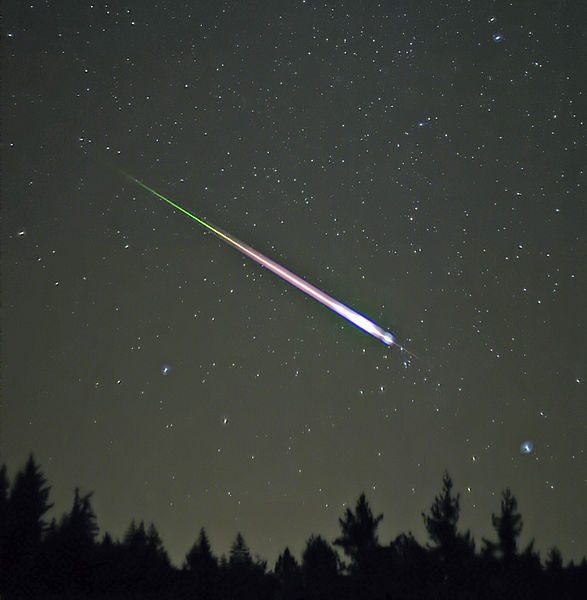
(Wikimedia Commons public domain image)
Bertrand Russell came up with the analogy of a celestial teapot — now, in his honor, often called “Russell’s teapot” — as a way of disparaging what he regarded as the irrationality of religious belief.
I cite a summary of it from the distinguished British journalist, author, and academic John Cornwell, who directs the Science and Human Dimension Project at the University of Cambridge:
If one were to claim that between Earth and Mars there is a teapot in orbit, nobody could disprove the assertion, especially if one were to claim that the teapot is too small to be seen by any telescope. Yet if one were to insist that it would be an “intolerable presumption” on the part of anyone to doubt it, this would be taken as nonsense. Russell goes on to add, however: “If the existence of such a teapot were affirmed in ancient books, taught as the sacred truth every Sunday and instilled into the minds of children at school, hesitation to believe in its existence would become a mark of eccentricity and entitle the doubter to the attentions of a psychiatrist in an enlightened age or of the Inquisition in an earlier time.”
A few pages later, in the same chapter, Cornwell cites the distinguished Anglo-American mathematical physicist Freeman Dyson, of Princeton’s Institute for Advanced Studies:
The strength of the attractive nuclear forces is just sufficient to overcome the electrical repulsion between the positive charges in the nuclei of ordinary atoms such as oxygen or iron. But the nuclear forces are not quite strong enough to bind together two protons (hydrogen nuclei) into a bound system which would be called a diproton if it existed. If the nuclear forces had been slightly stronger than they are, the diproton would exist and almost all the hydrogen in the universe would have been combined into diprotons and heavier nuclei. Hydrogen would be a rare element, and stars like the sun, which live for a long time, by the slow burning of hydrogen in their cores, could not exist.
Thus far, Professor Dyson. Now, back to Cornwell:
Dyson goes on. If the nuclear forces had been substantially weaker than they are, hydrogen could not burn at all and there would be no heavy elements. “If, as seems likely, the evolution of life requires a star like the sun, supplying energy at a constant rate for billions of years, then the strength of nuclear forces had to lie within a rather narrow range to make life possible.” And this is not all. The facts of astronomy, he points out, include other numerical accidents that worked to the advantage of the existence of life, not least the distance between stars. And the rich diversity of organic chemistry, he argues, depends on a delicate balance between electrical and quantum-mechanical forces. “There are many other lucky accidents in atomic physics,” he writes. “Without such accidents, water could not exist as a liquid, chains of carbon atoms could not form complex organic molecules, and hydrogen atoms could not form a breakable bridge between molecules.” Dyson felt obliged to raise questions about how so many of these “finely tuned” conditions should have come about by pure chance, and calculated that it is a mathematical impossibility. “Being a scientist, trained in the habits of thought and language of the twentieth century rather than the eighteenth, I do not claim that the architecture of the universe proves the existence of God. I claim only that the architecture of the universe is consistent with the hypothesis that mind plays an essential role in its functioning.” As the distinguished cosmologist and science expositor James Jeans once wrote: “The universe begins to look more like a great thought than a great machine.” For most philosophers of religion this constitutes a theistic position.
Of course, Richard Dawkins and other atheists respond to these facts with the suggestion of a “multiverse,” an infinite or essentially infinite assemblage of universes in which at least one is inevitably bound to meet the requirements for life. And we few, we happy few, happen to live in that universe. (After all, we could hardly live in one not fit for life.)
Cornwell isn’t exactly blown away by the hypothesis. This is how he concludes his chapter:
In fact, there are no more observable data for this “suggestion” than the positing of a miniature teapot circumnavigating the Earth.
See John Cornwell, Darwin’s Angel: An Angelic Riposte to The God Delusion (London: Profile Books, 2008), 53-58.
Posted from Jerusalem, Israel











